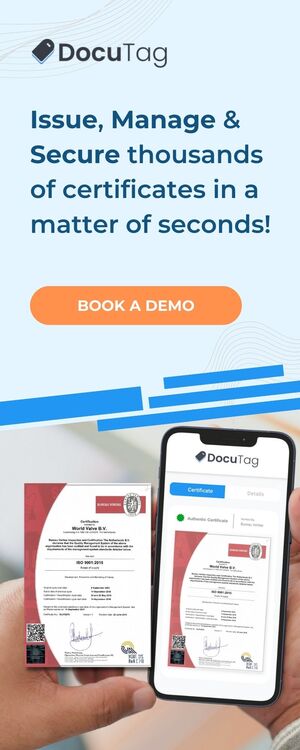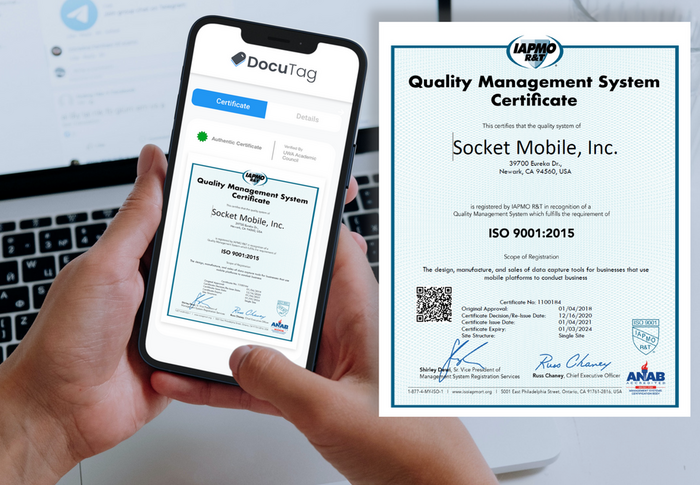How to Fight Against the Spread of Fake Cosmetics?
We’ve tried to raise awareness about the rising counterfeiting market many times in our previous articles. Today, we’re adding one more to the list, but instead of discussing the market of fake goods in general, we’re going to focus on a particular alarming category: fake cosmetics and makeup.
What is the size of the cosmetic market worldwide?
Before going more in-depth on this topic, it is crucial to get the bigger picture: the cosmetic market refers to several goods, including skincare, perfumes, makeup, hair care, and toiletries. According to Statistica, the global cosmetic market is continuously growing; it increased by 4% in 2016 compared to the previous year, with the makeup category representing more than 18%. Between 2016 and 2021, the website estimates the Asia Pacific beauty market to grow by nearly USD 15 billion in sales. In 2018, the market share of the cosmetic market worldwide reached 37%.
How big is the fake cosmetic market?
As the cosmetic market grows exponentially, its counterfeiting counterpart does too. Examples of fake cosmetic seizures keep making the headlines. A BBC article reports that the owner of a tanning salon in the UK sold more than £100,000 worth of fake products, which included MAC and Chanel copycats. As a reminder, product counterfeiting is a crime of Intellectual Property (IP) and is defined by this source as “a deliberate attempt to deceive consumers by copying and marketing goods bearing well-known trademarks, together with packaging and product appearance.”

What are the dangers and consequences of fake cosmetics?
In recent years, this issue has gained more and more momentum because it has a direct impact on the well being of individuals. Cosmetic products are applied to the most sensitive parts of the body, and when they contained unhealthy ingredients, it can dramatically become dangerous for the user. An article published on The Ranker lists down and depicts all the dangers of fake makeup, here’s a selection for you:
- Makeup copycats can contain rat droppings and human urine due to the unsanitary factories they are produced in.
Most of the counterfeit makeup is produced in China, in “factories” that do not respect sanitary regulations enforced in regular cosmetic factories. The dirty environment helps bacteria to proliferate. The Guardian states that rat droppings and human urine have been found in fake cosmetics, putting the consumer’s life at risk.
- Counterfeit makeup can contain dangerous substances: paint thinner, lead, mercury, arsenic, etc.
An FBI report shows that makeup knockoffs can contain nasty ingredients such as arsenic, beryllium, and cadmium, all of them causing cancer. In this case, arsenic, also known as rat poisoning, is suspected to be brought into cosmetics because of the unsanitary factories infested with rats. Mercury and lead poisoning is also an issue and causes headaches, vision impairment, and insomnia in the long run. More generally, makeup copycats can cause swelling, rashes, infections, acne, chemical burns and can trigger lifelong allergies.
- Buying fake makeup has side effects too
Most counterfeit makeup is purchased on the Internet without the consumer realizing it. Social media takes part in more than 50% of the fake makeup market sales. Buying fake makeup online can be dangerous as the platforms selling it can take advantage of personal information and might not provide secured payments, which put customers’ identity at risk.
Another upcoming issue when buying counterfeit cosmetics – and even fake goods in general – is that the money will probably be used to encourage the spread of the market and can also be used to fund organized crimes.

Fake Makeup Factory
Tips to avoid buying fakes
Most of the time, consumers don’t know they’re buying fake cosmetics. To avoid this situation, they can pay attention to key elements that indicate a product is fake. The three main indicators are the 3Ps: Price, Place of sale, and Packaging. If the price is too good to be true, the product is most probably a copycat. Packaging of counterfeit makeup often has a slightly different logo and misspellings of brand names. Finally, the best way to avoid buying a knockoff is to buy from authorized and trusted retailers.
In the end, it is easy to fall for counterfeit cosmetics as they have attractive prices, and they are difficult to spot because of very similar packaging. However, the general public needs to be aware that there is a serious risk for their health when using fake makeup. We believe blockchain can help to deter this issue and the market of counterfeits by implementing digitized supply chains and product tagging for more transparency and more security.
For more information, check out LuxTag’s official website.
®“LuxTag,” Trademark registered.



